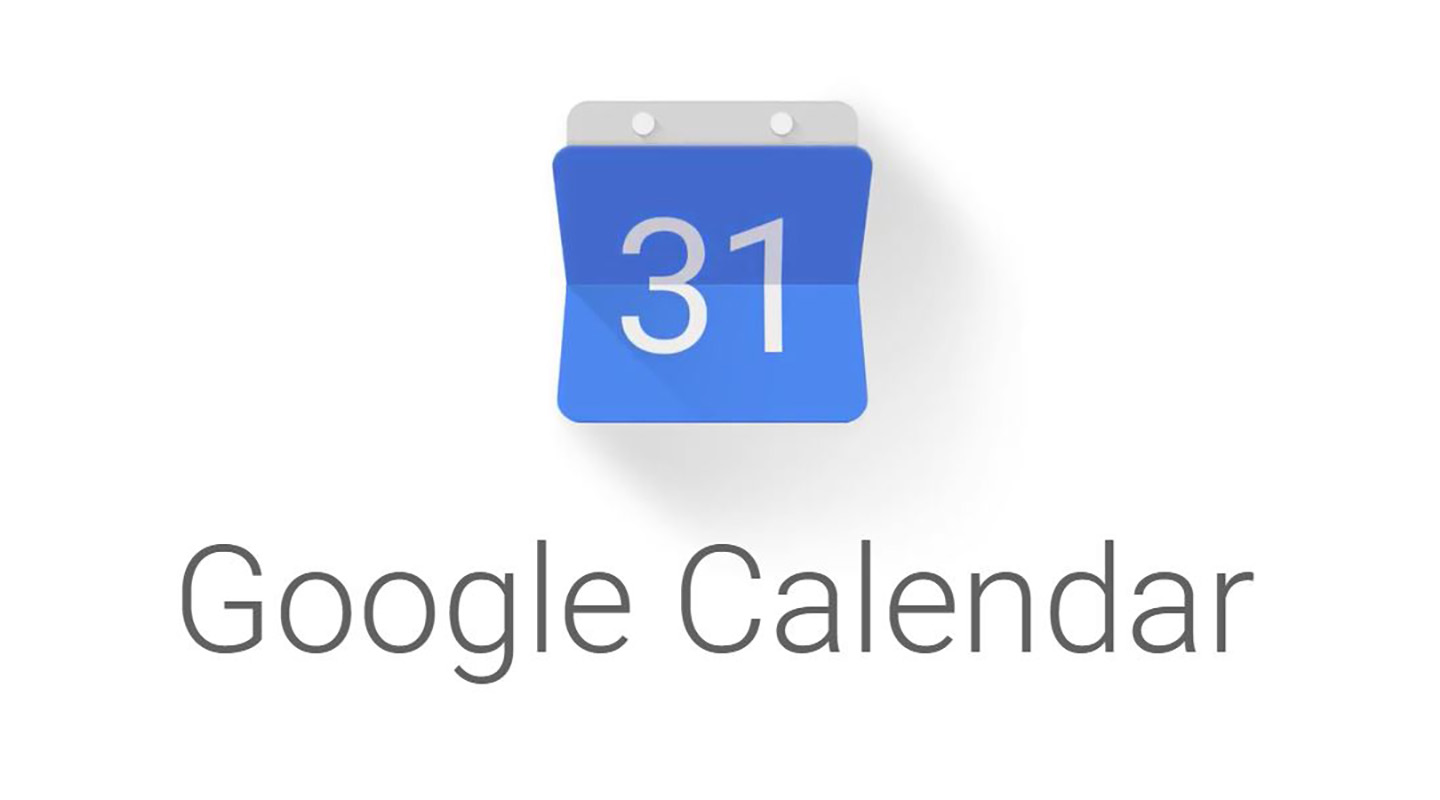
The most significant challenge is Data security. It includes CMS(WordPress), Portal, social media (Orkut, Facebook, Twitter, etc.), wikis (Wikipedia), messenger (Yahoo mail, MSN), etc.Web access leads to concerns different, from the traditional Internet user base to a wider variety of users.
#WEB 2.0 INFOGRAPHIC CREATOR SOFTWARE#
Software applications based on APIs allow self-usage.Information flows between the site owner and site users through evaluation & online commenting.Consumers can consume and contribute content.This was made possible by new technologies like AJAX. Web 2.0 brought about a new era of websites that allowed users to interact with the website itself. The first generation of the World Wide Web, created in the early 1990s, was static and consisted mainly of HTML pages read by web browsers. Web 2.0 is a term used to describe the second generation of the World Wide Web, characterized by user-generated content, social networking, and participatory media. “We’re entering a new world in which data may be more important than software.” – Tim O’Reilly, founder of O’Reilly Media and originator of the term ‘web 2.0’ However, it lacked features that we now take for granted, such as multimedia and social interaction. It allowed users to navigate and access information online easily.

Web 1.0 had set the groundwork for future iterations of the Web.


Web 2.0 is a read-write web where people can read and write content on websites and applications.Web 1.0 is a read-only web where people can read information written on websites.This article will look at how the Web has changed over time. Today, we will learn about a blog article on ‘What is web 1.0, web 2.0 and web 3.0 and Evolution of Web’. Hello Leaders, Welcome to Aspire SoftServ Pvt. Infographic – The Transition from Web 2.0 to Web 3.0.Real-time Applications – Web 2.0 to Web 3.0.Difference between Web 1.0, Web 2.0, and Web 3.0.Evolution of Web 1.0, Web 2.0 and Web 3.0.


 0 kommentar(er)
0 kommentar(er)
